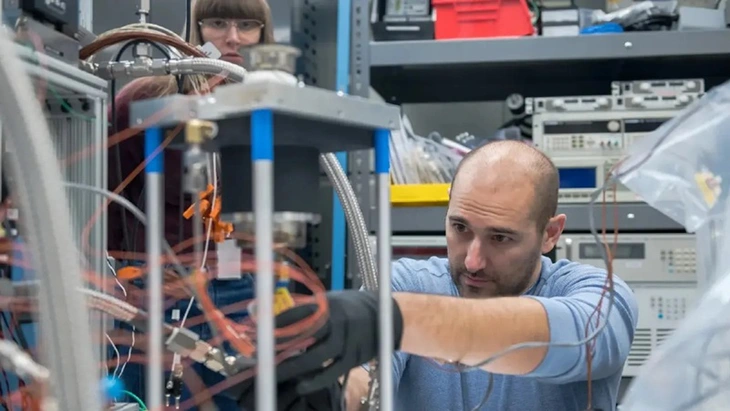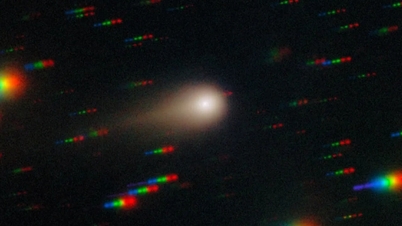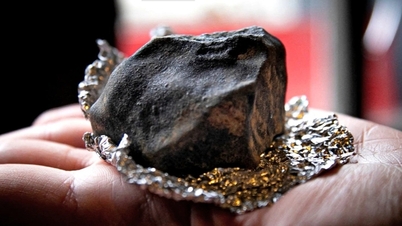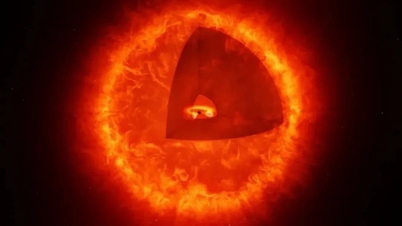
NASA engineers adjust Stirling engine during testing - Photo: NASA
According to Energy Reporters , NASA is currently collaborating with the University of Leicester to test americium-241 nuclear fuel with Stirling engines.
Americium-241 is notable for its 432-year half-life, offering a sustainable alternative to plutonium-238 nuclear fuel, which is more expensive and difficult to produce in large quantities.
This means that this fuel can continuously generate heat for the Stirling engine to generate electricity for more than four centuries.
The Stirling’s design is also particularly noteworthy. The Stirling uses floating pistons rather than a rotating crankshaft or bearings, allowing the engine to operate non-stop with extremely low wear – a feature that ensures missions lasting for many years.
Furthermore, this engine can still maintain power supply even if a converter fails, ensuring the stability needed for missions in deep space environments - where power loss greatly affects mission completion.
Further testing by NASA and its partners will focus on making it more efficient and lighter, suitable for the environmental testing required for space travel.
If these tests are successful, americium-241 could help NASA extend missions to the outer Solar System.
Additionally, if fully developed, americium-241-fueled Stirling engines could power a wide variety of scientific research equipment and instruments in environments with limited or unstable sunlight, such as the dark side of the Moon or the icy moons of Jupiter and Saturn.
Source: https://tuoitre.vn/nasa-che-tao-loai-pin-xai-hon-400-nam-2025090716030326.htm



![[Photo] Students of Binh Minh Primary School enjoy the full moon festival, receiving the joys of childhood](https://vphoto.vietnam.vn/thumb/1200x675/vietnam/resource/IMAGE/2025/10/3/8cf8abef22fe4471be400a818912cb85)
![[Photo] Prime Minister Pham Minh Chinh chairs meeting to deploy overcoming consequences of storm No. 10](https://vphoto.vietnam.vn/thumb/1200x675/vietnam/resource/IMAGE/2025/10/3/544f420dcc844463898fcbef46247d16)



































































































Comment (0)